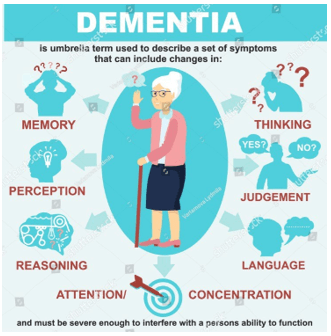A nurse is observing an assistive personnel (AP) take a client's tympanic temperature. Which of the following actions should the nurse identify as an indication that the AP understands how to perform the procedure?
The AP inserts the probe with a straight, forward motion.
The AP positions the client facing her.
The AP pulls the pinna up and back.
The AP points the probe posteriorly.
The Correct Answer is C
Choice A Reason:
Inserting the probe with a straight, forward motion is not correct because the ear canal is curved, and this technique could lead to inaccurate readings or discomfort.
Choice B Reason:
The AP positions the client facing her. The position of the client's face is not relevant to taking a tympanic temperature. The client can face any direction during the procedure.
Choice C Reason:
Pulling the pinna up and back straightens the ear canal in adults, allowing for a more accurate reading when taking a tympanic temperature.
Choice D Reason:
Pointing the probe posteriorly is incorrect as the probe should be pointed towards the tympanic membrane, which usually requires slight angling to align with the ear canal.
Nursing Test Bank
Naxlex Comprehensive Predictor Exams
Related Questions
Correct Answer is A
Explanation
a. Memory loss that disrupts ADLs
Explanation: Dementia is a condition characterized by a decline in cognitive function that affects a person's ability to perform activities of daily living (ADLs). Memory loss is a common symptom of dementia, particularly in the early stages. The memory loss can disrupt a person's ability to carry out tasks they were previously able to do independently, such as dressing, bathing, and eating. Therefore, option a is the correct answer.
Option b, catatonia, is a condition characterized by a lack of movement or activity, which is not typically associated with dementia.
Option c, illusions, involve a misinterpretation of sensory information and may occur in some forms of dementia but are not a defining feature.
Option d, pressured speech, is a symptom commonly associated with mania or bipolar disorder, but is not typically seen in dementia.

Correct Answer is C
Explanation
Choice A Reason:
Blaming the assistive personnel without additional information or evidence may not be appropriate and should be investigated further.
Choice B Reason:
Mentioning that an incident report has been completed and sent to risk management is important for institutional record-keeping and follow-up but does not provide details about the incident itself.
Choice C Reason:
"Client stated, 'I lost my balance and fell when I got out of bed to go to the bathroom'." In the documentation of a client fall, it is important to include the client's own account of the incident, as this can provide valuable information about the circumstances surrounding the fall. Including direct quotes or statements from the client helps to accurately capture their perspective and can be useful for assessing the root causes of the fall and developing appropriate interventions to prevent future falls.
Choice D Reason:
Documenting that the client does not appear to have any injuries is relevant but does not provide information about the circumstances of the fall, which is important for a comprehensive understanding of the event.
Whether you are a student looking to ace your exams or a practicing nurse seeking to enhance your expertise , our nursing education contents will empower you with the confidence and competence to make a difference in the lives of patients and become a respected leader in the healthcare field.
Visit Naxlex, invest in your future and unlock endless possibilities with our unparalleled nursing education contents today
Report Wrong Answer on the Current Question
Do you disagree with the answer? If yes, what is your expected answer? Explain.
Kindly be descriptive with the issue you are facing.
